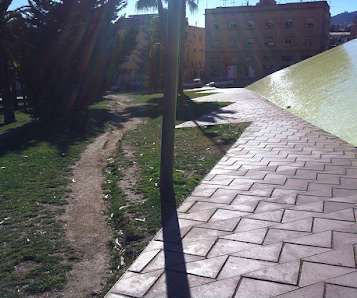Connected pedagogy: Social networks
Learning with e's
MAY 31, 2019
A large proportion of younger learners are perpetually online, constantly using their smartphones as gateways into this world. Many writers have highlighted the power of the global digital tribe , particularly the way groups tend to solve problems more effectively than individual experts (Surowiecki, 2009). Tapscott, D.











































Let's personalize your content